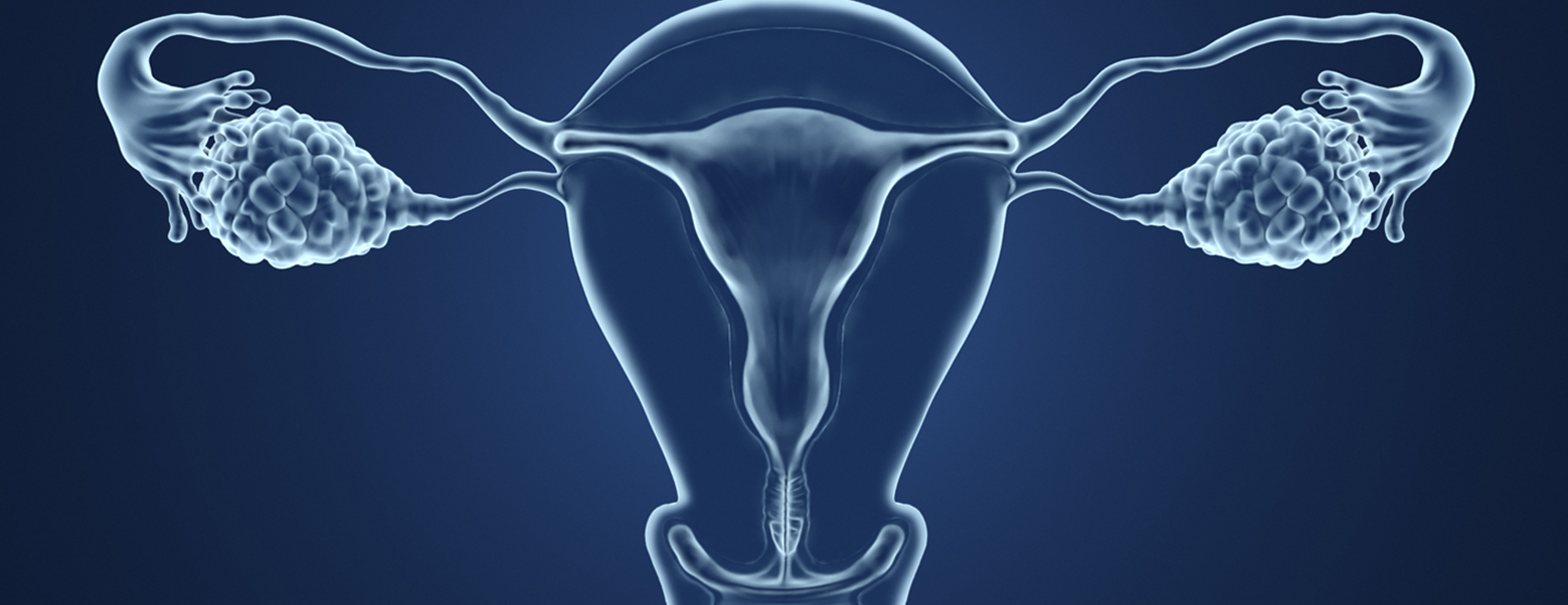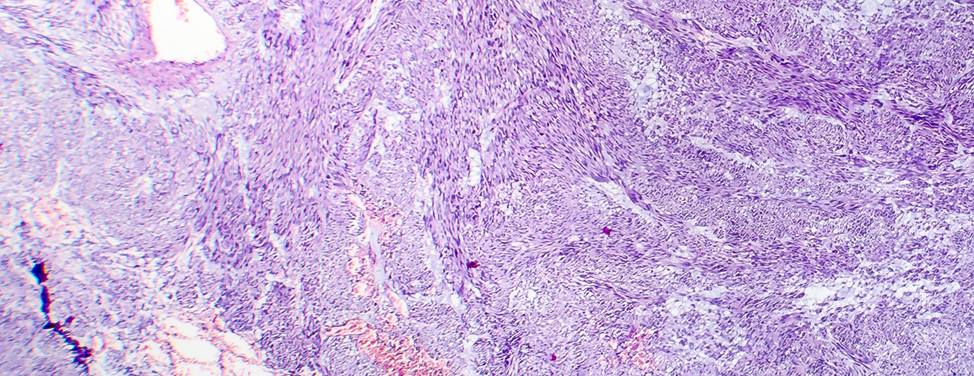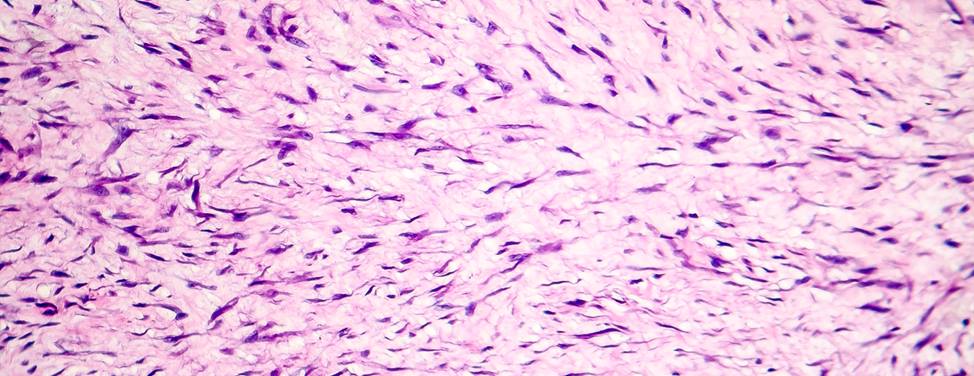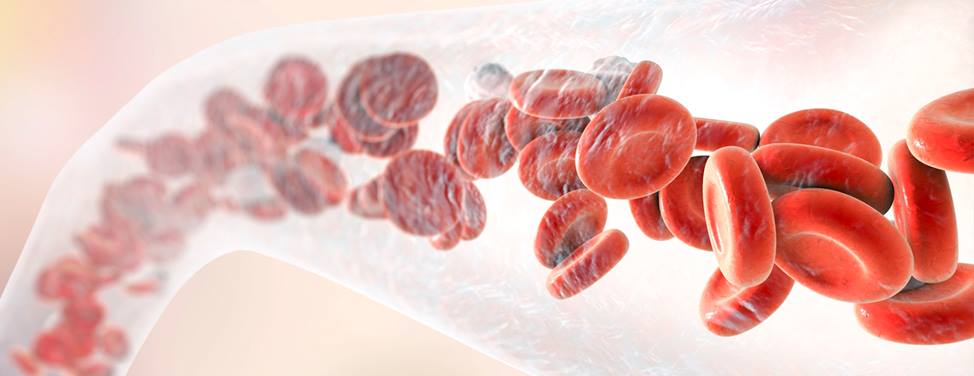Hysterectomy is a major surgical procedure in which the uterus is removed. Many women choose hysterectomy to definitively resolve their fibroid symptoms. After hysterectomy, menstrual bleeding stops, pelvic pressure is relieved, frequent urination improves and new fibroids cannot grow. A woman can no longer become pregnant after a hysterectomy.

Hysterectomy
The ovaries are not necessarily removed during a hysterectomy. Generally, if a woman is in menopause or close to menopause, the ovaries are removed. The ovaries may also be removed if they look abnormal or if the patient wants to decrease her chance of developing ovarian cancer later in life. In premenopausal women, removal of the ovaries can cause hot flashes, vaginal dryness and other symptoms. You should discuss the pros and cons of ovarian removal with your doctor.
There are several hysterectomy surgical approaches: a vaginal hysterectomy, an abdominal hysterectomy and a laparoscopic hysterectomy. The choice of procedure will depend on the size of the uterus and several other factors.
Vaginal hysterectomy
A vaginal hysterectomy is performed by removing the uterus through the vagina rather than through an incision on the abdomen. To be eligible for a vaginal hysterectomy, your uterus must be a certain size and not too large.
You will likely be asleep during the procedure and spend two nights in the hospital. After the procedure, you will experience significant pain for 24 hours and mild pain for 10 days. Full recovery usually takes four weeks. You will not have any scars on your skin.
Risks
Complications from surgery may include bleeding, infections and injury to the intestines or bladder.
Abdominal hysterectomy
In an abdominal hysterectomy, the uterus is removed through a horizontal incision on the lower abdomen, called a "bikini cut." If the uterus is very large or if there is a scar from an earlier operation, it may be necessary to make a vertical incision instead.
There are different kinds of abdominal hysterectomies:
- Total abdominal hysterectomy involves removing the uterus and the cervix, which is the lowest part of the uterus. Women who have had abnormal cervical cancer screening test results are usually encouraged to have their cervix removed at the time of the hysterectomy.
- Subtotal or supra-cervical hysterectomy involves removing only the upper part of the uterus. Women who retain their cervix may have less bladder leakage and vaginal relaxation later in life; however, this has not been scientifically proven. Women who have had a supra-cervical hysterectomy will continue to need periodic pap smears. In addition, some women will have monthly spotting or light bleeding if endometrial glands are still embedded in the cervical tissue.
An abdominal hysterectomy requires general anesthesia. Most patients will stay in the hospital for three days. Recovery usually takes six weeks, although some women experience a complication from surgery that requires a longer recovery time. After surgery, you will have a four-inch horizontal scar near the pubic hair or "bikini" line.
Risks
Like any surgical procedure, an abdominal hysterectomy does have some risks, though rare. About 5 percent of women develop an infection after surgery that is treated with antibiotics in the hospital for as many as five days. About 5 percent of women develop a wound infection that is treated at home but requires frequent visits to the doctor's office for up to six weeks.
Other possible complications include bleeding, infection and injury to the intestines or bladder.
Laparoscopic hysterectomy
Laparoscopic hysterectomy is a new procedure in which the uterus is removed through very small incisions on the lower abdomen. The cervix, or lower portion of the uterus, remains in place. Women with large fibroids or a large uterus may not be candidates for a laparoscopic hysterectomy. Also, sometimes during the operation it is necessary to switch from a laparoscopic hysterectomy to an abdominal hysterectomy.
In the procedure, four one-centimeter incisions are made in the lower abdomen: one at the belly button, one below the bikini line near the pubic hair, and one near each hip. The abdominal cavity is filled with carbon dioxide gas. A thin, lighted telescope is placed through an incision so the doctors can see the ovaries, fallopian tubes and uterus. Long instruments, inserted through the other incisions, are used to remove the uterus. A special instrument is used to cut the uterus into smaller segments for removal through the small incisions. At the end of the procedure, the gas is released and the skin incisions are closed.
You will be asleep during the procedure. Most women spend one night in the hospital and two to four weeks recovering at home.
Risks
Complications may include injuries to internal organs and bleeding.
UCSF Health medical specialists have reviewed this information. It is for educational purposes only and is not intended to replace the advice of your doctor or other health care provider. We encourage you to discuss any questions or concerns you may have with your provider.













